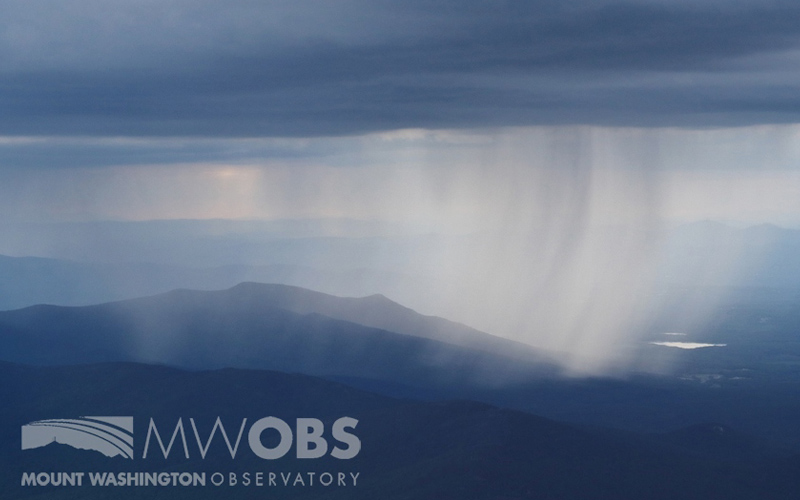Citizen Science Puts Weather Reporting in Your Hands

Ryan Knapp, Weather Observer & Meteorologist
The Culprit Behind This Wintry Weather
The Culprit Behind This Wintry Weather 2019-04-07 12:53:02.000 - Chloe Boehm, Summit Intern Even though meteorological spring has sprung, the summit has seen its fair share of wintry weather recently with more on its way. Many of the recent precipitation events have not been organized low
Wind Statistics From Winter 2018-2019
Wind Statistics From Winter 2018-2019 2019-04-05 15:49:02.000 - Thomas Padham, Weather Observer/Education Specialist It’s been a very memorable winter season, something I’ve mentioned before in past blogs but still can’t really get over is how windy it’s been! I decided to do a little more digging
Yay Spring…Just Kidding! April Fools!
Yay Spring...Just Kidding! April Fools! 2019-04-01 12:24:18.000 - Ian Bailey, Weather Observer/Education Specialist Of course, shenanigans were bound to occur this shift with today being April Fools Day. However, while pranking each other is all in good fun, being pranked by the weather certainly hasn’t been.
The never-ending Cloud
The never-ending Cloud 2018-08-01 16:16:43.000 - Simon Wachholz, Summit Intern The last observer comment discussed why Mount Washington has such strong winds. This post, on the other hand, will discuss why we’re so often
World’s Worst Weather, Why?
World’s Worst Weather, Why? 2018-07-28 16:18:03.000 - Sarah Thunberg, Summit Intern Mount Washington holds the title of “Home of the world’s worst weather” and holds the record for highest wind speed observed by man.
Shift-Change Surprise
Shift-Change Surprise 2018-07-26 18:06:54.000 - Griffin Mooers, Summit Intern On our drive up to begin the new week’s shift, we came across something unexpected part of the way up the Mount Washington Auto Road.

